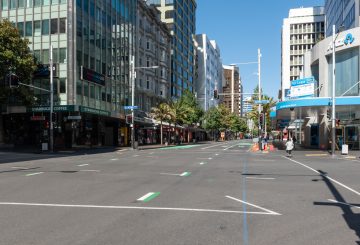Covid-19 대응 장관 Chris Hipkins는 백신을 완전히 접종받은 뉴질랜드로 오는 대부분의 여행자는 더 이상 관리 격리에 들어갈 필요가 없다고 발표했다.
뉴질랜드 시민은 백신 접종을 완전히 완료한 경우 2022년 1월 16일 이후에 격리 없이 호주에서 여행할 수 있다. 그러나 필수 7일간의 자가 격리 기간은 여전히 유효하다.
입국 자격을 갖춘 여행객은 2022년 2월 13일 이후 다른 모든 국가에서 뉴질랜드로 입국할 수 있다.
예방접종을 마친 외국 여행객은 2022년 4월 30일부터 뉴질랜드에 입국할 수 있다.
장관은 뉴질랜드가 서서히 정상으로 돌아가는 중이라고 말했다.
여행자들은 출발 전 음성 검사를 받아야 하며 예방 접종 또한 완전히 마쳐야 한다. 입국할 때와 자가 격리 기간이 끝날 때 다시 검사를 받게 된다.
장관은 “백신을 맞은 사람들 사이에서도 국경을 초월해 더 많은 감염 사례가 발생할 것이다. 따라서 신속한 음성 검사는 점점 더 중요한 역할을 맡게 될 것이다”고 전했다.
뉴질랜드는 신속한 음성 검사를 통해 세계의 다른 나라들의 행보를 따를 예정이다.
“오늘의 발표는 MIQ 시스템이 곧 끝나지 않을 것이라는 것을 의미하지는 않는다. MIQ는 임시방편으로 고안되었으며 현재 규모와 작동 방식이 우리에게 매우 큰 도움이 됐기 때문이다.”




























































